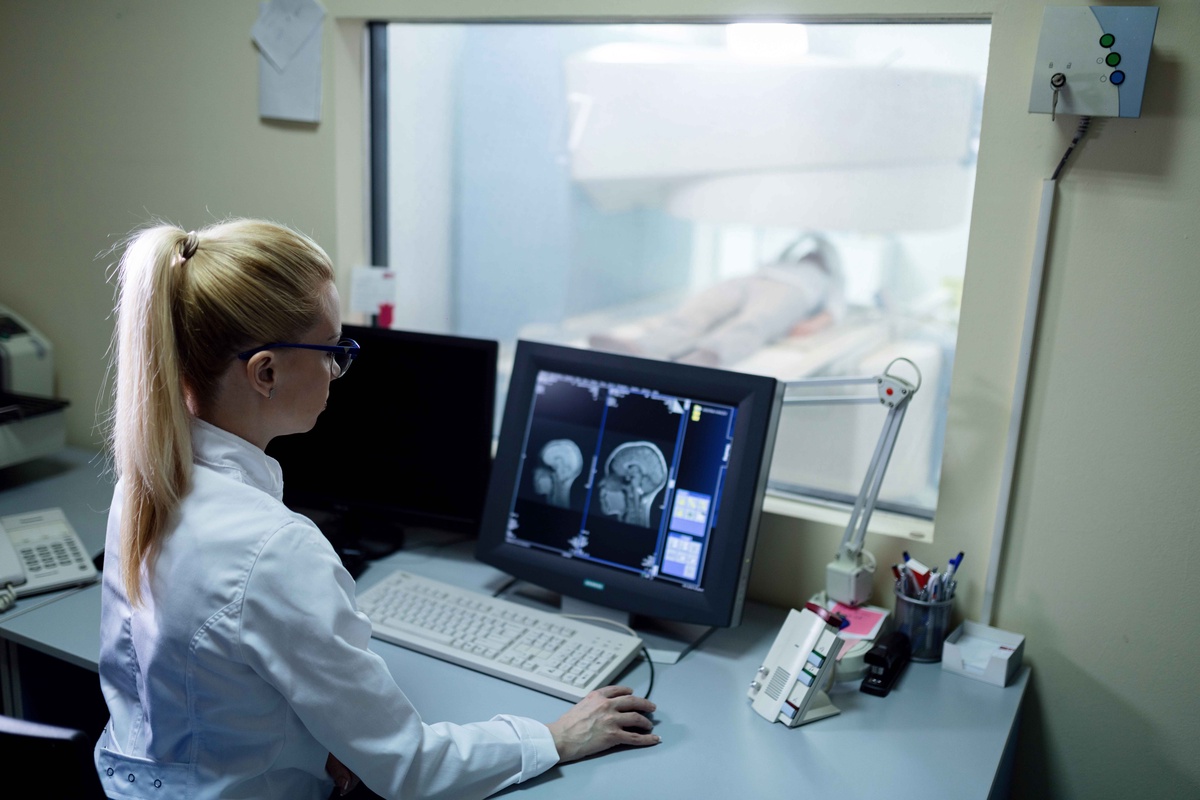Radiology transcription plays a pivotal role in the healthcare industry, ensuring accurate and timely documentation of radiological procedures and findings. In this article, we delve into the intricacies of radiology transcription, its significance, challenges, and the emergence of stat transcription in this specialized field.
What is Radiology Transcription?
Radiology transcription involves the conversion of dictated or recorded reports of radiological procedures into written or electronic documents. These reports encompass a wide array of imaging modalities, including X-rays, MRIs, CT scans, ultrasounds, and nuclear medicine studies. Highly specialized medical transcriptionists proficient in radiological terminology and procedures undertake this task.
Importance of Accurate Radiology Transcription
Accurate radiology transcription is essential for several reasons:
-
Patient Care: Radiology reports serve as critical records detailing a patient's diagnostic imaging results. Physicians rely on these reports to make informed decisions regarding patient care, treatment plans, and further diagnostic interventions.
-
Legal Documentation: Radiology reports serve as legal documents, providing a detailed account of procedures performed and findings observed. Precise transcription ensures compliance with regulatory standards and facilitates medical record keeping for legal and insurance purposes.
-
Communication and Collaboration: Transcribed radiology reports facilitate communication and collaboration among healthcare providers. They enable seamless exchange of information between radiologists, referring physicians, and other healthcare professionals involved in patient care.
Challenges in Radiology Transcription
Despite its importance, radiology transcription presents several challenges:
-
Complex Terminology: Radiology involves specialized terminology and jargon that may be unfamiliar to general medical transcriptionists. Transcribers must possess a deep understanding of radiological concepts and terminology to accurately interpret and transcribe reports.
-
Technological Advancements: The evolving landscape of radiology technology introduces new challenges for transcriptionists. Keeping pace with advancements in imaging modalities and terminology requires ongoing training and education.
-
Turnaround Time: Timeliness is crucial in radiology reporting, especially for urgent cases. Meeting tight deadlines while maintaining accuracy poses a significant challenge for transcriptionists.
The Emergence of Stat Transcription
In the realm of radiology transcription, the concept of "stat transcription" has gained prominence. Stat transcription refers to the expedited processing of urgent or critical radiology reports. In cases where immediate medical intervention is required, such as suspected traumas or acute illnesses, stat transcription ensures that reports are prioritized for rapid delivery to healthcare providers.
Key Considerations in Stat Transcription
-
Rapid Turnaround: Stat transcription prioritizes speed without compromising accuracy. Transcriptionists must efficiently transcribe and deliver reports within the shortest possible timeframe.
-
Communication Protocols: Effective communication channels between radiologists, transcriptionists, and healthcare providers are essential to ensure timely delivery of stat reports.
-
Quality Assurance: Despite the urgency, quality assurance measures remain paramount in stat transcription. Rigorous proofreading and editing processes help mitigate errors and maintain the integrity of reports.
Conclusion
Radiology transcription plays a vital role in documenting and communicating diagnostic imaging findings. The emergence of stat transcription further underscores the importance of timely and accurate reporting, particularly in urgent clinical scenarios. By overcoming challenges and embracing technological advancements, radiology transcription continues to enhance patient care and facilitate seamless collaboration within the healthcare ecosystem.


No comments yet